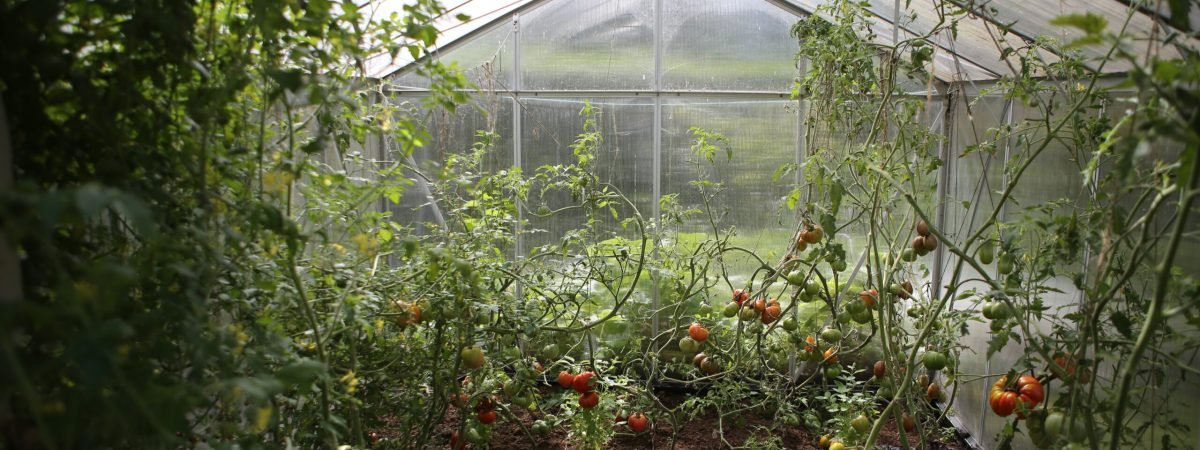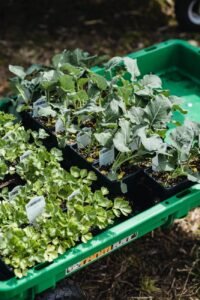Introduction
Starting a home vegetable patch is a rewarding and fulfilling endeavor. Whether you have a small backyard or a larger space, growing your own vegetables not only provides you with fresh and nutritious produce, but it also allows you to connect with nature and enjoy the satisfaction of harvesting your own food. In this article, we will provide you with some valuable tips to help you get started on your journey from a simple backyard garden to a thriving vegetable farm.
1. Assess Your Space
The first step in starting a home vegetable patch is to assess the available space. Take a look at your backyard and determine the area that you can allocate for your garden. Consider factors such as sunlight exposure, soil quality, and drainage. It’s important to choose a location that receives at least six hours of direct sunlight per day and has well-draining soil.
2. Plan Your Layout
Once you have determined the space for your vegetable patch, it’s time to plan the layout. Consider the types of vegetables you want to grow and their specific requirements. Some vegetables, like tomatoes and peppers, need staking or trellising for support, while others, like lettuce and radishes, can be grown in rows or raised beds. Take into account the size and spacing requirements of each plant to ensure they have enough room to grow.
3. Prepare the Soil
Good soil is the foundation for a successful vegetable patch. Before planting, it’s essential to prepare the soil by removing any weeds, rocks, or debris. Loosen the soil with a garden fork or tiller and amend it with organic matter, such as compost or well-rotted manure, to improve its fertility and drainage. Testing the pH level of the soil can also help you determine if any adjustments are needed.
4. Choose the Right Vegetables
When selecting vegetables for your patch, consider your climate, growing season, and personal preferences. Choose vegetables that are well-suited to your region and that you enjoy eating. It’s also important to consider the space available and the specific requirements of each vegetable. Some vegetables, like cucumbers and squash, require ample space to spread, while others, like herbs and leafy greens, can be grown in smaller areas.
5. Planting and Maintenance
Once you have prepared the soil and chosen your vegetables, it’s time to start planting. Follow the instructions on the seed packets or plant labels for the correct planting depth and spacing. Water the newly planted seeds or seedlings thoroughly and continue to water regularly, especially during dry periods. Mulching around the plants can help conserve moisture and suppress weeds.
Maintaining your vegetable patch requires regular care. Monitor for pests and diseases, and take appropriate measures to control them. Weeding is also important to prevent competition for nutrients and water. Regularly fertilize your plants with organic or slow-release fertilizers to ensure healthy growth.
6. Harvesting and Enjoying
One of the most satisfying aspects of having a home vegetable patch is harvesting your own produce. Harvest vegetables when they are ripe and at their peak flavor. Different vegetables have different harvesting methods, so familiarize yourself with the specific requirements of each vegetable. Enjoy the fruits of your labor by incorporating your homegrown vegetables into delicious meals for your family and friends.
Conclusion
Starting a home vegetable patch is a wonderful way to connect with nature, enjoy fresh produce, and take pride in your gardening skills. By assessing your space, planning your layout, preparing the soil, choosing the right vegetables, and providing proper care, you can transform your backyard into a thriving vegetable farm. So, roll up your sleeves and get ready to experience the joy and satisfaction of growing your own food!















